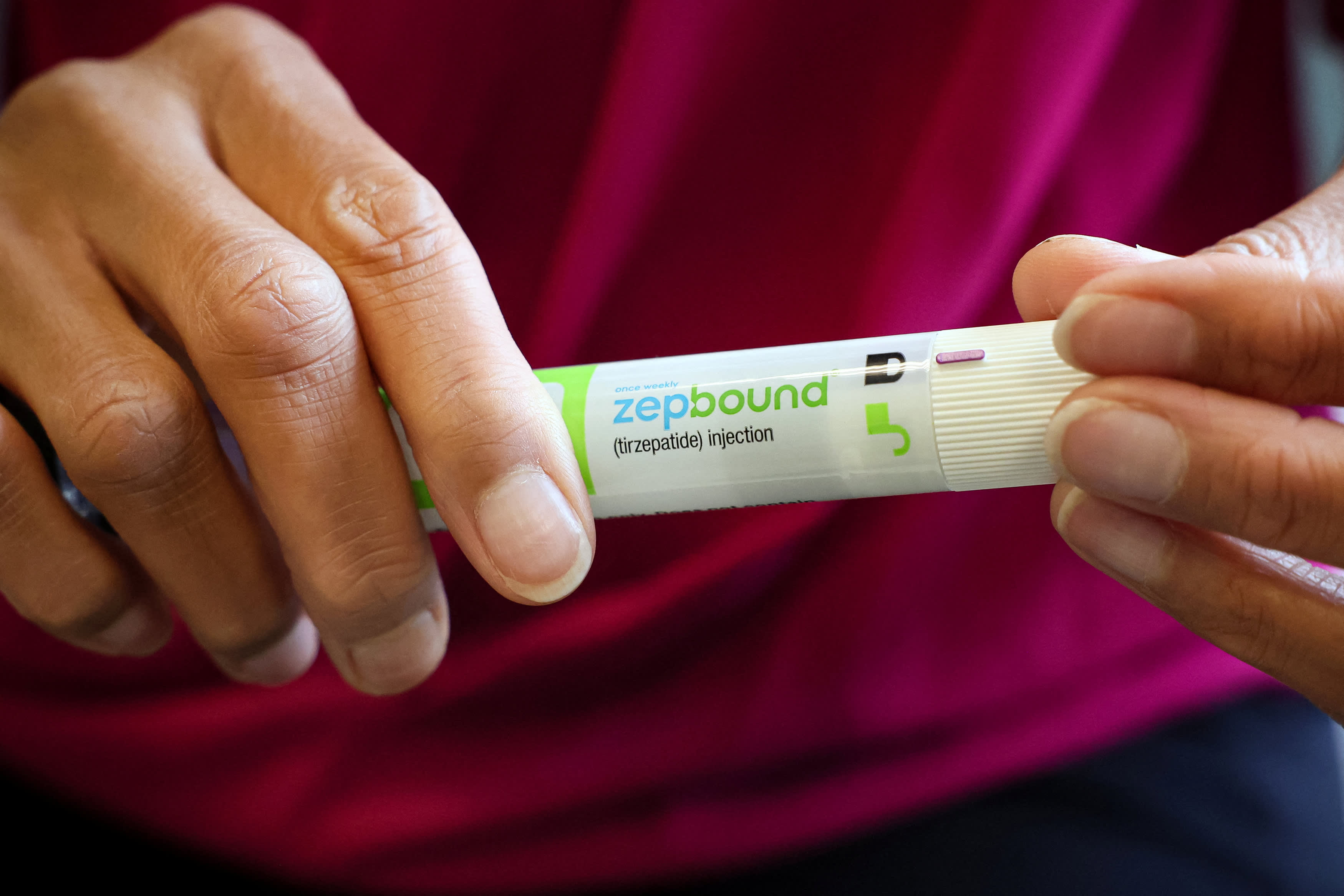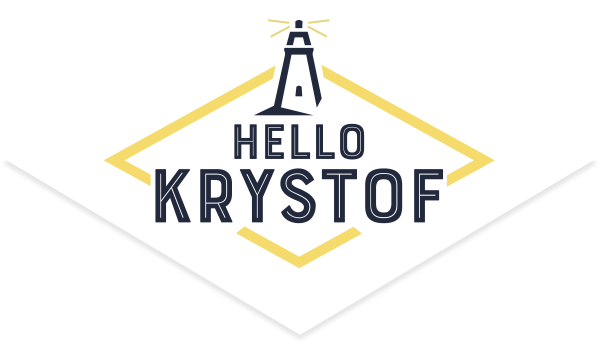
An injection pen of Zepbound, Eli Lilly’s weight loss drug, is displayed in New York City on Dec. 11, 2023.
Brendan McDermid | Reuters
Think a friend or colleague should be getting this newsletter? Share this link with them to sign up.
Good morning! Eli Lilly, Novo Nordisk and other drugmakers showed off encouraging data on weight loss and diabetes drugs last week.
Companies shared results at the American Diabetes Association’s annual meeting in Orlando, Florida, the world’s biggest scientific conference focused on diabetes research, prevention and care.
The drug developments come amid growing investor interest in the treatment of metabolic diseases and specifically, a buzzy class of medications called GLP-1s
But drugmakers presented treatments that use different approaches than traditional GLP-1s such as Novo Nordisk’s popular weight loss injection Wegovy and diabetes counterpart Ozempic. The two medications mimic a hormone produced in the gut to suppress a person’s appetite.
Companies are also pivoting away from focusing on weight loss alone in trials. Some drugmakers are examining their drugs’ potential to treat other health conditions, while others are seeing whether a medication can preserve lean muscle mass in patients while also promoting weight loss.
Here are a few of the highlights from the conference:
- Eli Lilly released additional data from two late-stage clinical trials showing that its weight loss injection Zepbound helped resolve a common sleeping disorder called obstructive sleep apnea in almost half of patients. The company said Zepbound could win an expanded U.S. approval for that use as early as the end of the year.
- Novo Nordisk presented results from key clinical trials on semaglutide, the active ingredient in Wegovy and Ozempic, in diabetes, obesity and chronic kidney disease. That includes the full results from a late-stage trial on Ozempic in patients with diabetes and chronic kidney disease. The weekly injection significantly lowered the risk of kidney disease progression and death from kidney or cardiovascular complications in patients. New data also showed that those benefits are consistent regardless of whether patients are also treated with a class of diabetes medications called sodium-glucose cotransporter-2 inhibitors. Novo Nordisk expects U.S. regulators to make a decision on an expanded approval for that use in January 2025.
- Zealand Pharma presented positive results from an early-stage clinical trial on its experimental weekly injection petrelintide, which targets the amylin hormone. The drug led to 8.6% weight loss at 16 weeks, compared with 1.7% among patients who took a placebo. The Danish company sees the medication as an alternative to GLP-1s for weight loss.
- Altimmune released full data from a mid-stage clinical trial on its experimental obesity drug pemvidutide. The treatment preserved lean muscle mass while promoting weight loss in adults with obesity, with the majority of the reduction from fat. A subgroup analysis on 50 patients found that only 21.9% of their weight loss was from lean muscle mass.
- Viking Therapeutics unveiled pre-clinical data on a “series” of experimental drugs called dual amylin and calcitonin receptor agonists, or DACRAs. The results show that the company’s DACRAs reduced the amount of food rats would eat in the first three days after a single dose. After three days following the dose, the rats saw up to an 8% reduction in body weight compared to the rats who received Novo Nordisk’s experimental weight loss drug CagriSema.
- Gilead presented data from a pre-clinical study on its experimental oral GLP-1 called GS-4571. The trial found that treatment improved glucose tolerance in mice and led to 5% to 6% weight loss over five days, according to a Sunday note from Jefferies analysts. The note, citing a poster at the conference, added that obese monkeys saw 8% weight loss after 30 days.
Feel free to send any tips, suggestions, story ideas and data to Annika at annikakim.constantino@nbcuni.com.
Latest in health-care technology
Oracle announces general availability of AI documentation assistant for doctors
The Oracle Headquarters in Austin, Texas, on April 24, 2024.
Brandon Bell | Getty Images
Oracle on Monday expanded access to its artificial intelligence-powered tool called Oracle Clinical Digital Assistant, which aims to save doctors time by automating some of their documentation.
Administrative tasks like paperwork are often burdensome for health-care workers, as nearly 65% of doctors feel like they are a major cause of burnout, according to a February survey from Athenahealth. Physicians spend an average of 15 hours per week outside their normal hours keeping up with the workload, the survey said.
For instance, Dr. Ryan McFarland, a family medicine doctor at Hudson Physicians in Wisconsin, sees an average of 25 patients per day. He has to draft a clinical note after each appointment to record what took place and what to follow up on, which he said amounts to “several hours” of documentation each day.
“That’s just the documentation, that’s not responding to lab results, patient questions, messages,” he told CNBC in an interview. “It can get very cumbersome trying to get your note and documentation done on top of actually doing patient care.”
Oracle said its Clinical Digital Assistant can help alleviate this administrative burden. Doctors can access the tool through an app on their phone, and they hit a button to record their visits with patients. Once they stop recording, Oracle’s AI automatically generates a clinical note based on the appointment so the doctors no longer need to write it themselves.
Only the health-care organizations’ approved representatives will be able to access the recordings, Oracle said.
The assistant works alongside Oracle’s electronic health record, so doctors can also verbally ask it to pull up information about a patient’s medical history, like their latest blood test results, the company said. In other words, doctors can spend less time searching through records to find the relevant information they need.
Oracle has been testing the tool with 13 health-care organizations, including Hudson Physicians. Oracle said its assistant has saved clinicians an average of four and a half minutes per patient, as well as 20% to 40% of their daily documentation time. The tool is generally available in ambulatory clinics, or clinics that are not attached to hospitals, as of Monday.
“This will be kind of a practice requirement in our business going forward,” McFarland said. “The accuracy of the notes is much better, you catch things you might forget to document. It is a time saver, significantly.”
McFarland said he’s worked with other dictation tools in the past, but the software often caused errors and struggled with fast speech. He has also worked with human scribes that are more accurate, though he said they can be time consuming to train and difficult to keep employed. Oracle’s assistant performs like an equivalent to a human writer, McFarland said.
“I think from a note generating standpoint it’s 90% to 100% where it needs to be,” he said.
McFarland said he thinks the tool does well with complex medical terminology and can even capture abbreviations. He said he thinks there’s room for improvement with some of the specialty-specific care, as well as how the assistant can help with other functionalities like placing orders for imaging and sending out referrals and return-to-clinic reminders.
Some providers at Hudson Physicians are more particular about the style of their notes than others, so McFarland said some doctors still spend time editing. Even so, the clinic has seen a 100% adoption rate for Oracle’s assistant, which McFarland said he’s never seen happen before.
“It’s been a game changer for us, and we’ll keep using it,” he said.
Feel free to send any tips, suggestions, story ideas and data to Ashley at ashley.capoot@nbcuni.com.
This article was originally published on CNBC

